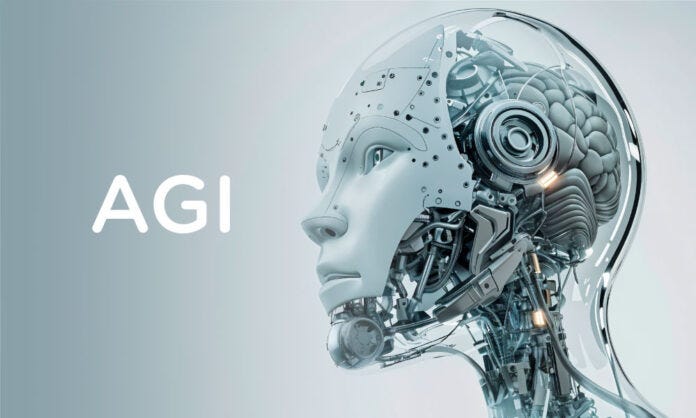The idea of machines that possess human-like intelligence has long been a central theme in science fiction. Known as Artificial General Intelligence (AGI), this level of AI goes beyond the specialized models we use today for tasks like image recognition, language processing, or driving. Instead, AGI would be capable of learning and reasoning across a wide range of tasks and domains, much like a human being.
But how close are we to realizing AGI? This question touches on philosophical, technological, and ethical realms. Let’s dive deep into what AGI really is, what progress we have made, what challenges remain, and what a future with AGI could look like.
Understanding AGI vs. Narrow AI
Today’s AI systems are considered “narrow” or “weak” AI. They are designed for specific tasks and excel within those domains. GPT models, for instance, can generate human-like text but cannot navigate the world or make independent decisions beyond their programming. AGI, by contrast, would be able to transfer knowledge across domains, adapt to new situations, and demonstrate common sense and consciousness-like traits.
Unlike narrow AI, AGI would possess general cognitive abilities, meaning it could learn any intellectual task that a human can. The gap between current AI and AGI lies not in speed or data processing power but in the ability to understand context, causality, and abstract thinking.
Progress Toward AGI
- Scaling Laws and Foundation Models: The development of large language models (LLMs) like GPT-4, DeepMind’s Gemini, or Anthropic’s Claude suggests that increasing model size and data can lead to more generalizable capabilities. These models begin to approach AGI-like behavior in specific contexts.
- Multi-modal Models: Systems that can process text, images, video, and even tactile input are bridging the gap between human-like perception and reasoning. Examples include OpenAI’s GPT-4 Vision and Google’s Gemini, which aim to integrate various types of sensory data to enhance situational understanding.
- Self-supervised Learning: Moving away from heavily labeled datasets, self-supervised learning allows models to learn from raw data more similarly to humans, capturing…


